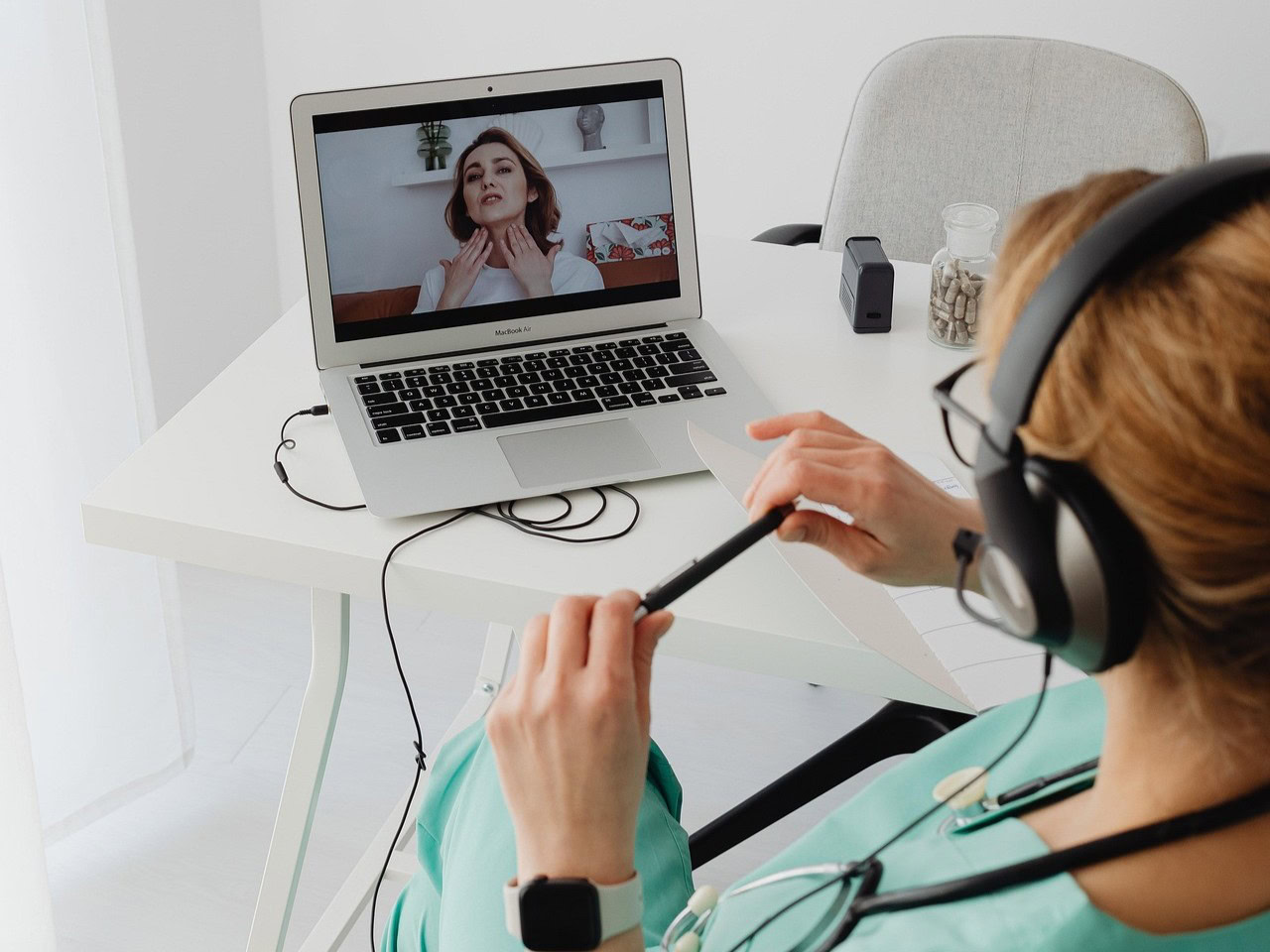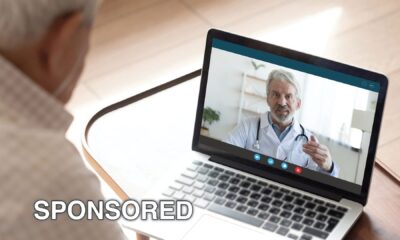Top Stories
Telehealth Expands to Budget Phones, Boosting Long-Term Recovery

BREAKING: Telehealth is rapidly evolving, now accessible on budget smartphones, enabling individuals to receive vital long-term recovery support from the comfort of their homes. This new development is transforming how patients connect with healthcare professionals, making recovery more affordable and accessible than ever before.
The shift towards budget phones for telehealth services is crucial for those who face barriers to traditional healthcare. Many individuals living in rural areas or lacking access to high-tech devices can now connect with physicians, therapists, and support groups via secure apps and video calls. This vital connection comes at a pivotal time, as maintaining regular contact with healthcare providers is essential for long-term recovery.
Why This Matters NOW: The convenience of telehealth eliminates the need for travel, saving time and costs for individuals in recovery. Patients can schedule regular check-ins without the fear of being seen entering clinics or missing work. This is especially vital for maintaining accountability and motivation during the recovery process.
Key Insights: According to Legacy’s PHP New Jersey, more than 60 percent of individuals in recovery now utilize smartphones as their primary tool for telehealth. Affordable devices are equipped to run lightweight applications, handle video calls, and store essential reminders for medication and appointments, ensuring that support is always within reach.
Privacy and Security: Concerns over privacy are prevalent among users of budget phones. Experts recommend utilizing only secure apps endorsed by healthcare providers and maintaining personal security through password protection and regular updates. By adopting these measures, patients can confidently engage in telehealth sessions while safeguarding their personal information.
Support for Daily Recovery: Budget phones facilitate not just medical check-ins but also daily recovery routines. Individuals can set reminders for therapy sessions, utilize wellness apps for mindfulness, and join online support groups that align with their recovery goals. These small but impactful steps foster a supportive environment for those on the path to recovery.
Bridging the Digital Divide: One individual shared how transitioning from a residential program to independent living posed challenges in maintaining connection with his therapist. With the help of a budget smartphone recommended by his counselor, he was able to continue his therapy sessions, demonstrating that effective telehealth does not require expensive technology.
The rise of telehealth services on budget devices underscores a significant shift towards more inclusive and accessible healthcare. Moving Forward: As telehealth continues to grow, individuals are encouraged to explore affordable technology options without compromising on care quality. This approach not only empowers patients but also dismantles barriers that have historically hindered access to essential recovery support.
In conclusion, the expansion of telehealth services to budget smartphones represents a pivotal advancement in long-term recovery care. By prioritizing security, affordability, and accessibility, individuals can confidently manage their recovery journeys, ensuring that help is always just a call away. Access to vital care is no longer limited by technology costs, offering a new pathway to healing and support.
-

 World3 months ago
World3 months agoScientists Unearth Ancient Antarctic Ice to Unlock Climate Secrets
-

 Entertainment3 months ago
Entertainment3 months agoTrump and McCormick to Announce $70 Billion Energy Investments
-

 Lifestyle3 months ago
Lifestyle3 months agoTransLink Launches Food Truck Program to Boost Revenue in Vancouver
-

 Science3 months ago
Science3 months agoFour Astronauts Return to Earth After International Space Station Mission
-

 Technology2 months ago
Technology2 months agoApple Notes Enhances Functionality with Markdown Support in macOS 26
-

 Top Stories1 week ago
Top Stories1 week agoUrgent Update: Fatal Crash on Highway 99 Claims Life of Pitt Meadows Man
-

 Sports3 months ago
Sports3 months agoSearch Underway for Missing Hunter Amid Hokkaido Bear Emergency
-

 Politics2 months ago
Politics2 months agoUkrainian Tennis Star Elina Svitolina Faces Death Threats Online
-

 Technology3 months ago
Technology3 months agoFrosthaven Launches Early Access on July 31, 2025
-

 Politics3 months ago
Politics3 months agoCarney Engages First Nations Leaders at Development Law Summit
-

 Entertainment3 months ago
Entertainment3 months agoCalgary Theatre Troupe Revives Magic at Winnipeg Fringe Festival
-

 Politics1 week ago
Politics1 week agoShutdown Reflects Democratic Struggles Amid Economic Concerns











